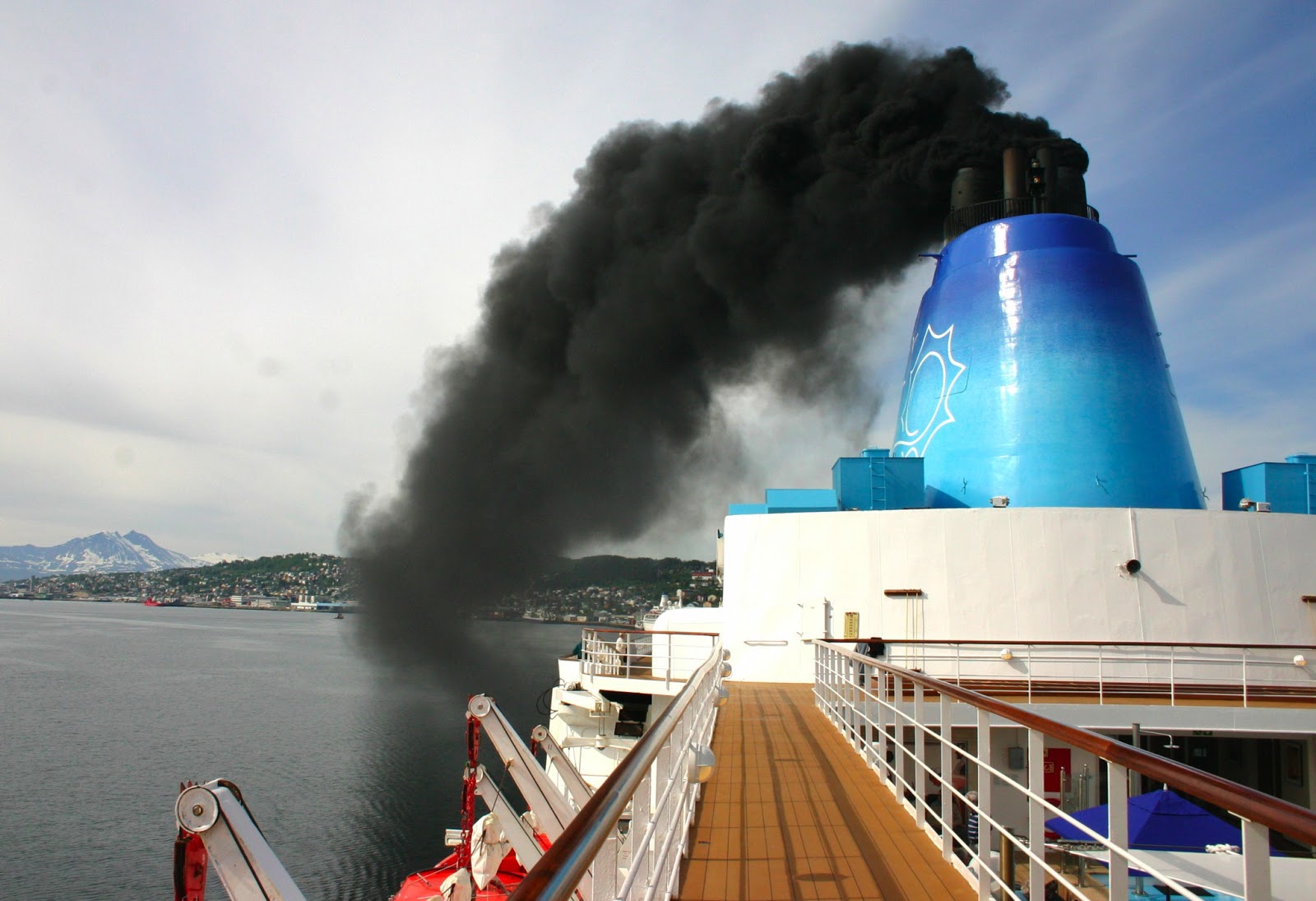Marine Engineering Knowledge General Syllabus
Iron-Carbon equilibrium diagram, Heat Treatment of Carbon Steels, Non-Ferrous
alloys, non-metallic materials, welding, gas cutting, materials under load,
vibrations.
testing & treatment, introduction to fuels and lubricants, toxic and other
ill effect of cargo on human and environment.
secured joints, safety and health when welding, principles of electric arc
welding, principles of gas welding, welding joints and low carbon steel, common
faults in welded joints, plate working marking out, thermal cutting, mechanical
cutting, forming, bending plates, inspection, pipe work, manufacture of components,
gauges, deck machinery, gearing, clutches.
and monitoring devices associated with marine equipments, propulsion
transmission system including thrust and shaft bearing, stern tubes and
propellers, steering and stabilizing system including bow thrusters.
Refrigeration machinery and air conditioning systems, safe and efficient
operation in the UMS Code, procedures to be adopted for operating main
machinery under emergency conditions.Procedure to be adopted in safe watch keeping, procedure for taking over and handling over watches.
auxiliary steam boilers and associated equipment, boiler waste testing and
conditioning, operation of auxiliary steam plant, pipelines, condenser, drain
cooler, auxiliary boiler fuel and air blower system. Methods of checking water level in steam boilers and action necessary if water level us abnormal.
keeping such as soot blowing, cleaning of filters, pumping out of bilges
through oily bilge separator, routine pumping operations of fuel oil, ballast
water, fire pump and cargo pumping system, remote operation of pumping system
and associated controls.Purification and clarification of fuel oil, purification
of lubricating oil, construction and characteristics of separators, purifier
and clarifier, location of common faults in machinery and plant in engine and
boiler rooms and action necessary to prevent damage.
Hydrophore system. Various types of pumps, construction, operation and characteristics.
Compressors, air system. Air bottles, construction, mountings and associated
system. Fresh water generators and vacuum evaporators.
Construction, characteristics
and operation of fresh water generator and vacuum evaporators. Changeover of
remote/automatic to local control of all main and auxiliary systems. Safe
working practices, safe practices in carrying out hot work and welding.
Procedures to be taken while handling heavy machinery parts and overhauling of
engines. Cleaning, man entry and hot work in enclosed compartments. Emergency
procedures such as action to be taken in case of fire including fire drill,
flooding of engine room compartment, rescue operation of injured persons,
actions to be taken in case of stoppage of main engine, auxiliary engine and
associated system. So this was MEO Class 4B Examination Syllabus.



